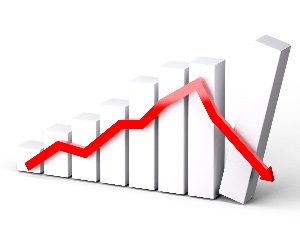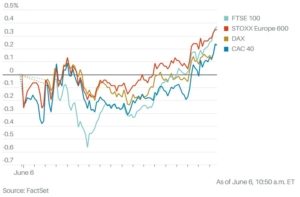The port strike could disrupt the data
The port strike could disrupt the data: Tom Essaye Quoted in Forbes
Could Dock Worker Strike Spike Inflation? Experts Are Split.
Sevens Report analyst Tom Essaye wrote Tuesday to clients any strike-related inflation uptick is ultimately just a “temporary disruption” and shouldn’t impact the view of the broader inflation picture.
“The port strike could disrupt the data, essentially creating a smoke screen for the Fed when trying to stick the soft landing,” wrote Essaye.
Also, click here to view the full Forbes article published on October 1st, 2024. However, to see the Sevens Report’s full comments on the current market environment sign up here.
Lastly, If you want research that comes with no long-term commitment, yet provides independent, value-added, plain English analysis of complex macro topics, then begin your Sevens Report subscription today by clicking here.
To strengthen your market knowledge take a free trial of The Sevens Report.
Join hundreds of advisors from huge brokerage firms like Morgan Stanley, Merrill Lynch, Wells Fargo Advisors, Raymond James, and more! To start your quarterly subscription and see how The Sevens Report can help you grow your business, click here.




